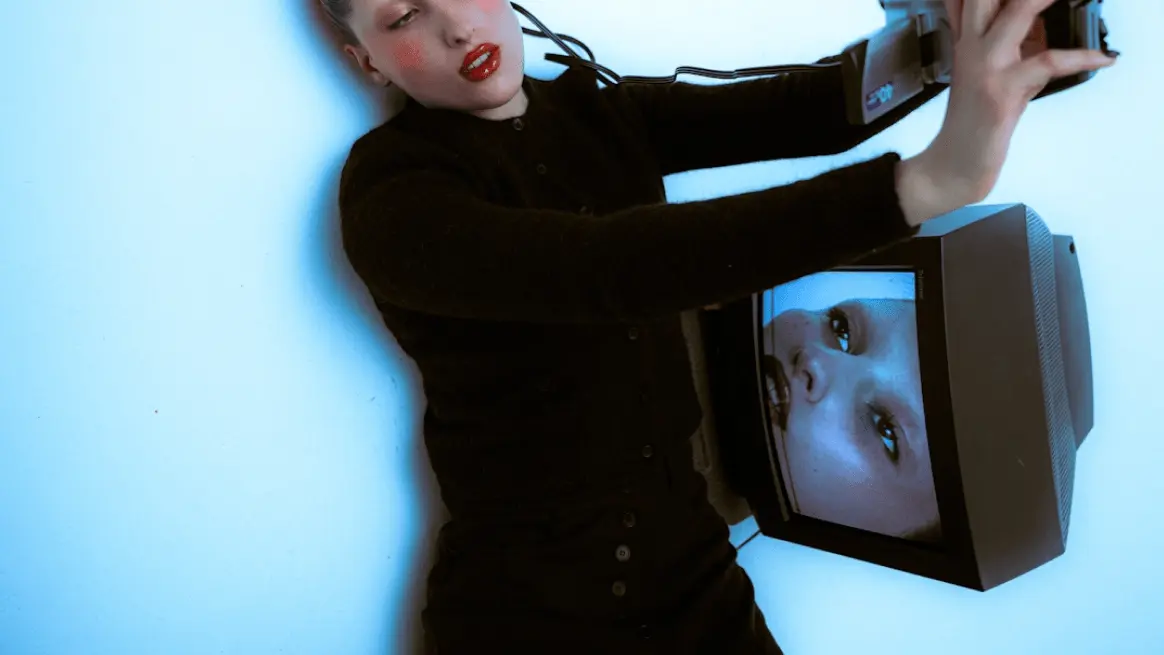Is your organization ready for continuous product innovation?
Brands and businesses of all sizes face an increasingly common challenge in today’s competitive marketplace: to continuously innovate.
Product innovation requires exceptional team alignment
But this is not an easy challenge.
Continuous product innovation is difficult even for well-functioning teams.
The reason why it is so difficult is that even after you consider all the normal challenges of software – limited resources, politics, competing ideas, team harmony, supporting existing products, and other distractions, it still requires an exceptional amount of alignment.
Here are a few of the ways teams need to be aligned and the questions we ask to understand where teams are and what challenges they’ll have to create a culture of continuous innovation.
Can your team move fast?
Continuous innovation requires moving quickly along all product vectors. Your team needs the ability to test out lots of ideas instead of just harboring one single idea for a long time. This doesn’t mean they always move as fast as possible. Instead, it means that they have the means to rapidly move product ideas along quickly when they need to. Some teams are too big to do so, others aren’t ready because they’re not used to moving fast.
Is your team comfortable with ambiguity?
We work with teams in some industries that desire predictability more than others. Many teams are actively risk-averse. The finance industry, for example, is notorious for being analytical and numbers-driven. We’ve worked with teams who can’t do anything without plugging it into a spreadsheet of some sort.
But teams that continuously innovate can’t expect to be able to analyze everything to the point of predictability. They need to be comfortable with ambiguity…and sometimes ambiguity that lasts for weeks or months as the product direction is up in the air and the team works to test assumptions through prototyping.
Are your product groups aligned?
Continuous product innovation takes close collaboration between all parts of the team. A pernicious situation we see quite often is when groups within the product organization are siloed and don’t easily work together.
Continuous innovation requires alignment along the entire product lifecycle, from strategy to design to development. This is important because teams need to be aware and responsive to the other parts of the team. Imagine, for example, a product team that isn’t aware of what the development team is working on and so can’t intervene when something changes or goes wrong during a build.
Success and failure [should be] seen as learning opportunities and not ultimate states of being.
Do you have a culture of learning?
Continuous innovation requires building a culture of learning.
This means that success and failure are seen as learning opportunities and not ultimate states of being. While it sounds easy to say you have a culture of learning, the real question is if the team feels like they can regularly fail and respond. Are the reward systems of the team and company set up to allow for regular failure of ideas? What is considered a success?
Can your team revert experiences that don’t work?
Most teams are new to continuous innovation. Their cultures simply do not support it because the team is not in the habit of doing so. An important aspect of innovating is to be able to revert experiences that don’t end up working in the market. This is often manifested in the way a team moves on after deploying changes.
Do they monitor and assess them over time and, when necessary, undo them? Or do they move on to something else completely without the ability to return to it and make sure it’s right?
Can your team objectively test new ideas?
It can be hard to objectively assess product concepts because overzealous product teams can easily fall in love with their ideas.
This, in addition to product mandates, regularly send products along the development lifecycle that might not deserve to be shipped. In addition, is your team set up to test on a regular basis? Are they equipped to run usability tests or interviews when a question comes up? Do they have the ability to, even within a week’s time, quickly assess a screen or flow with real end users?
Can your team compete against itself?
When success is long-standing, like at some large companies that have built their business on the back of a legacy platform, it can become anathema to challenge that success and innovate beyond it.
Clayton Christiansen outlined this problem in his book The Innovator’s Dilemma, and we see it rear its head quite often. Continuous product innovation means challenging existing, incumbent products which is practically impossible for companies that are structured to keep alive the elderly patient.
Innovation is difficult at best
To continually innovate is the holy grail of product development.
Most teams struggle to do it well. At DEPT®, we have helped teams continually innovate by working with them to overcome the obstacles outlined above. By focusing on these sometimes counterintuitive ideas, teams can take their work to the next level and make innovation a habit and not a one-time thing.






